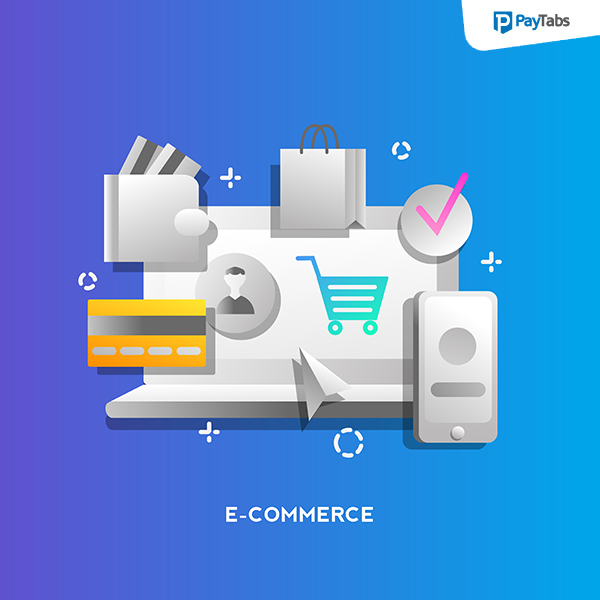The 4 Step Procedure for an Easy Payment Gateway Integration
Posted on

Payment integration is a technical process, but it can be made easier if you remember a few points. Nowadays a payment gateway can be integrated both into a desktop website and a mobile app.
So, first decide where you wish to integrate it because the processes for both are different. Here we will discuss how to integrate your payment gateway into a desktop version of an e-commerce website.
1.Determine your priorities
It is extremely important to determine your priorities and what you want from your payment gateway. It will help you decide how development should be done so that you are able to achieve your desired objectives in less development time and hassles. Before you decide to choose an integration solution, define your objectives clearly.
2. Select the right integration solution
As far as integration and its coding and development are concerned, we can select from the three major types that are as follows:
A.Hosted payment forms
This is the simplest way to integrate your payment solution as you require no coding in it. It is simply a plug and play option where you can pick a specific payment form for your website. You can also paste it into your mobile app. It will help you securely collect payment from different credit cards and debit cards. But it doesn’t happen on your servers as the hosting company that offers this solution processes the information on its own servers. However, you can choose from a host of templates. Customization of your brand is also possible when you choose a hosted payment form.
B.Payment module
If you already have a predefined platform on which your website is based such as Drupal, UberCart, Shopify or iOS, then you will get the specifically designed payment modules for those platforms.
Obviously these payment modules have far more features than the basic hosted forms that we discussed above. However, the coding requirements are still minimal.
C.Use your own code for advanced e-commerce sites
This method allows you to use your own code and even modify templates. The API language support is available for various coding languages such as Java, C++, Python, C#, Visual Basic, PHP, Ruby and Pearl, etc.
3.Test the integration
Now that you have already integrated your credit card processing, test your configuration to make sure that everything is in perfect shape and your website is ready to go live. Conduct live transactions using a dummy account so that you can detect potential issues in the trial phase itself. At every step of the way, you can get in touch with the technical support team of the payment gateway solution provider you have chosen.
4.Activate your account
Once your payment gateway is integrated and tested, you are ready to accept payments. Contact your payment solution provider to activate your account and you are ready to go live.
The payment gateway integration seems to be a challenging process but if you know your objectives, the entire process will become a cakewalk. If you need assistance, just connect with technical support and they will guide you in the best way possible.
